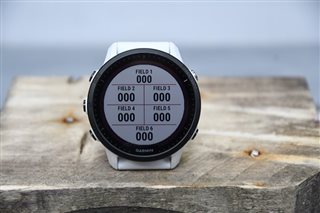What are field layouts?
In the device references eg https://developer.garmin.com/connect-iq/reference-guides/devices-reference/#f%C4%93nix%C2%AE6pro6sapphire6prosolar6produalpowerquatix%C2%AE6 there are sections on '1 Field layout', 2 Fields Layout' etc. What are these?
Can someone point me to a document that explains what these are. I have searched though the docs and forums and sample code and cannot find any reference to these that is of use to explain what they are, what the fields in the columns mean (Obscure left, right) etc. I have no idea where they are implemented or if these are for watch faces or just data fields???
Are these mandated or recommended layouts? How should I use/implement them or are they just a suggested layout pattern? Are there constructs in the layout xml for these and/or an API for implementing them or interacting with them at run time???



